Golfers at all levels understand how crucial a reliable putter can be to their game. One often-overlooked component of a putter is the grip. Among the various options available, the long Super Stroke putter grip has gained significant popularity for its unique design and features. In this guide, we’ll dive deep into what makes these grips a favorite among golfers and how they can help you enhance your putting skills.
What is a Long Super Stroke Putter Grip?
The Super Stroke grip is designed to provide a larger surface area, which can help stabilize the hands during a putting stroke. The long version typically measures over 17 inches, which is particularly beneficial for players who prefer a longer putter or those who utilize the belly putter style. The increased size allows for a more comfortable and controlled grip, promoting a consistent stroke.
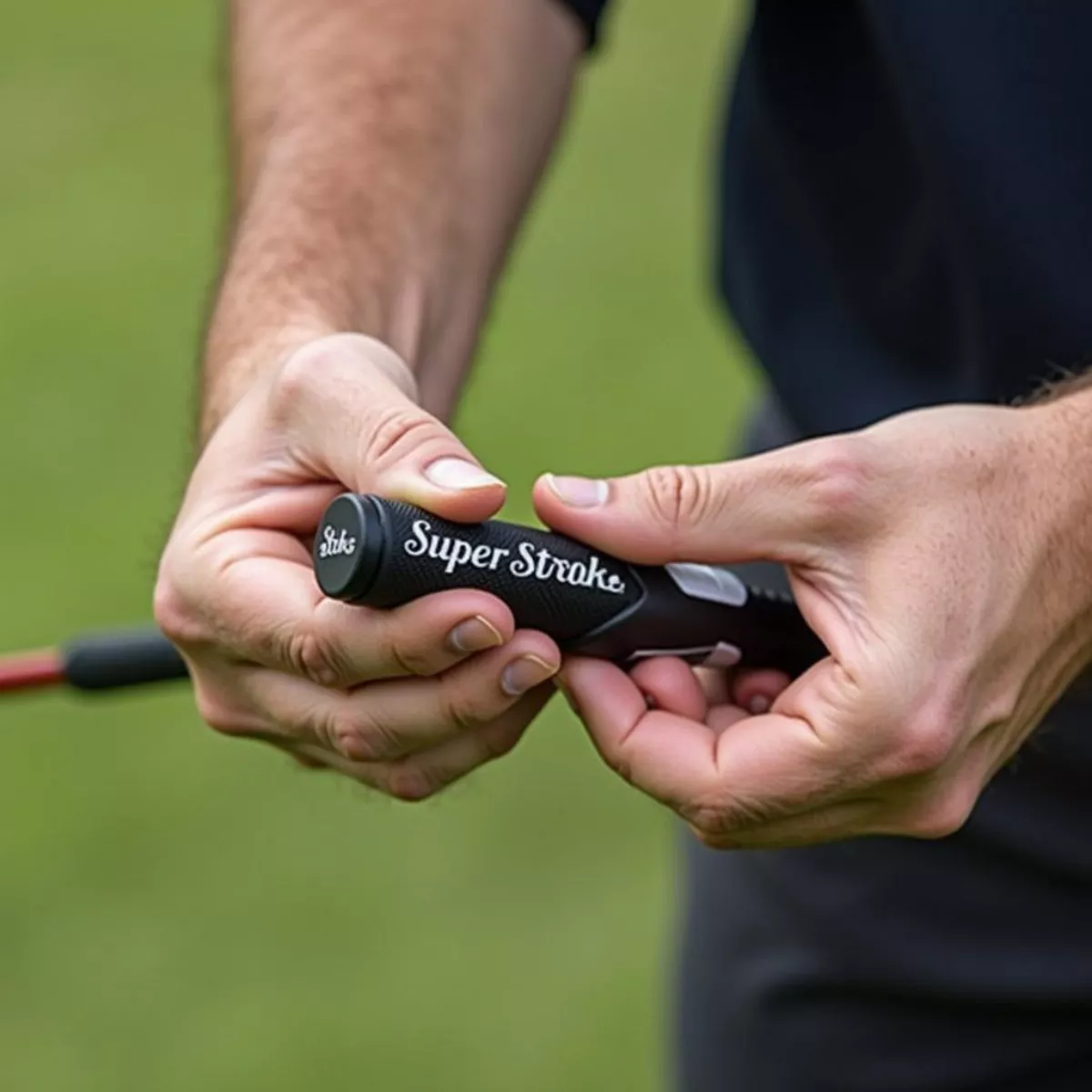 Long Super Stroke Putter Grip
Long Super Stroke Putter Grip
Why Choose a Long Super Stroke Putter Grip?
1. Improved Stability
With its wider design, the long Super Stroke grip minimizes the movement in your hands during the putting stroke. This stability can lead to more consistent contact with the ball, increasing your chances of sinking those challenging putts.
2. Enhanced Comfort
- The foam material used in Super Stroke grips provides a soft feel while also delivering excellent shock absorption.
- This ergonomic shape caters to various hand sizes, ensuring comfort during long rounds on the green.
3. Increased Feel
The long Super Stroke grip helps golfers maintain a better feel for the putter. This heightened sensitivity often leads to improved distance control and a better sense of alignment.
4. Versatility
Long Super Stroke grips can be a great fit for different putting styles, whether you’re using a traditional putter, a belly putter, or even a long putter. They also come in various colors and textures, allowing for some personalization to match your style.
How to Choose the Right Long Super Stroke Putter Grip
Choosing the right grip can often seem overwhelming. Here are some tips to help you find your perfect long Super Stroke putter grip:
-
Consider Your Grip Size: Measuring your existing grip size can provide valuable insight. Keep in mind your hand size and the circumference that feels most comfortable to you.
-
Assess Your Putting Style: Your putting style is essential in selecting the right grip. If you tend to have a swinging motion in your stroke, a thicker grip can help minimize hand movement.
-
Pay Attention to Feel: When selecting a grip, the feel is vital. Try different grips at a local golf shop to gauge how comfortable and intuitive they are for you.
 Golfer Testing Putter Grips
Golfer Testing Putter Grips
- Opt for the Right Material: Most long Super Stroke grips use a combination of rubber and foam. Ensure that the material feels good against your hands and suits your playing conditions.
Installation and Maintenance of Long Super Stroke Putter Grips
Getting the most out of your Super Stroke grip requires proper installation and maintenance. Here’s how to do both effectively:
Installation
- Remove the Old Grip: Use a utility knife to slice through the existing grip. Be cautious not to damage the shaft beneath.
- Clean the Shaft: After removing the old grip, clean the shaft thoroughly to remove any residue.
- Apply Grip Tape: Wrap double-sided grip tape around the section of the shaft where the new grip will be placed.
- Add Solvent: Pour a small amount of solvent over the tape and inside the new grip.
- Slide on the New Grip: Quickly slide the new grip onto the shaft, ensuring it’s aligned how you want.
- Let it Cure: Give the grip a few hours to set before using the putter.
Maintenance
- Regularly check your grip for wear and tear. A worn grip can hinder your performance.
- Clean your grip frequently with mild soap and water to maintain its texture and adhesive quality.
Benefits of Using a Long Super Stroke Putter Grip
Here are some key benefits that make long Super Stroke grips a worthwhile investment:
| Benefit | Description |
|---|---|
| Consistency | A larger grip minimizes wrist movement, leading to more consistent putting strokes. |
| Comfort | Softer materials provide comfort, especially over long rounds. |
| Control | Greater stability leads to better control over distance and direction. |
| Versatility | The grip can be suited for various putting styles. |
| Personalization | Available in different colors and designs, allowing for personal expression. |
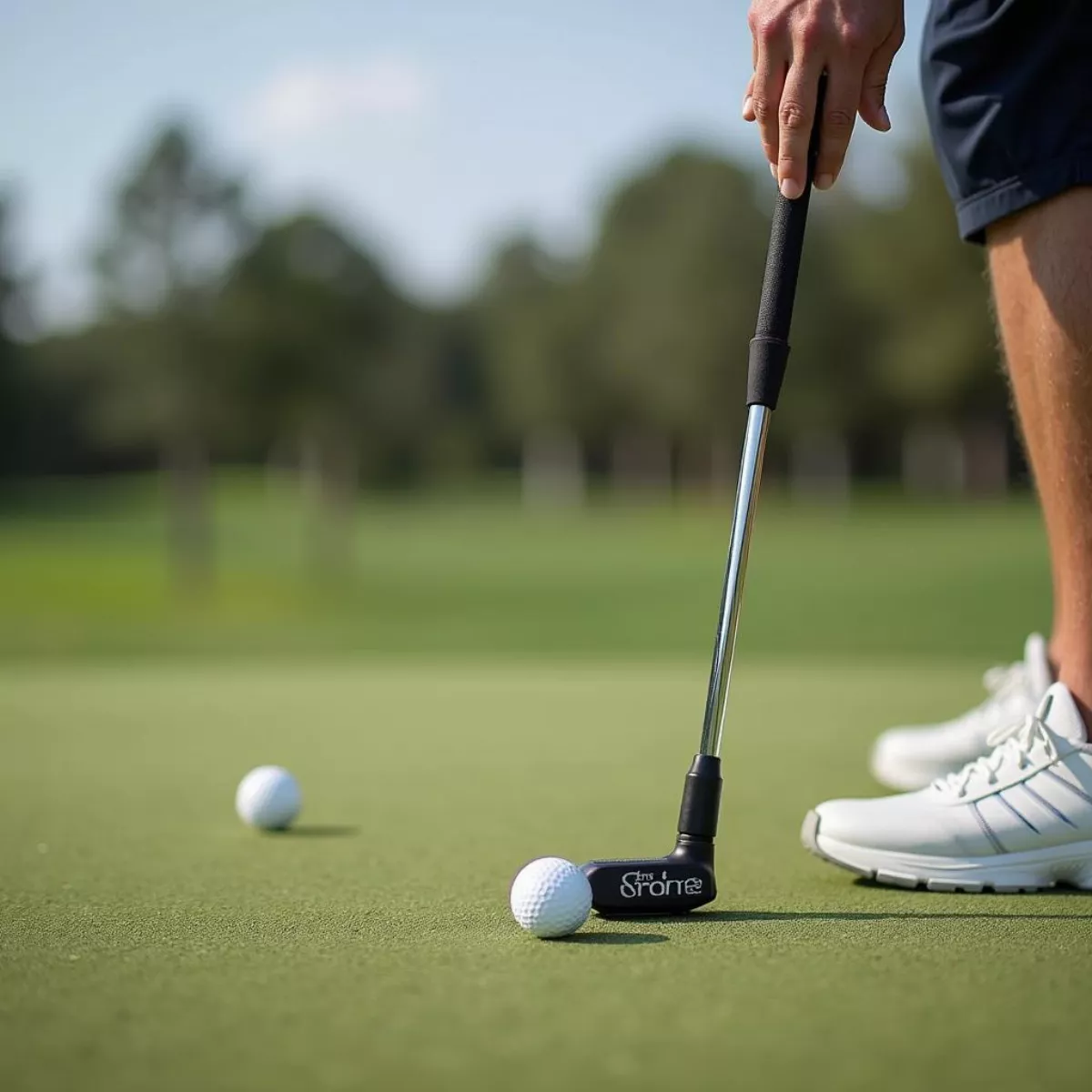 Golfer Putting with Long Grip
Golfer Putting with Long Grip
Key Takeaways
- The long Super Stroke putter grip promotes stability and control, essential qualities for effective putting.
- Consider your grip size, putting style, and material when selecting a grip.
- Proper installation and maintenance can extend the life of your grip and enhance your performance.
- Regularly assess your grip to ensure it matches your current putting needs.
Frequently Asked Questions (FAQs)
1. What is the ideal length for a long Super Stroke putter grip?
Long Super Stroke grips typically exceed 17 inches, providing ample surface for various putting techniques.
2. Can I use a long Super Stroke grip on my regular putter?
Yes! Long Super Stroke grips can be used on traditional and belly putters.
3. How often should I replace my putter grip?
It’s advised to replace the grip every 6-12 months, depending on wear, usage, and your personal preference.
4. Is it difficult to install a new putter grip?
Installing a new grip can be relatively straightforward if done carefully. Following proper steps or seeking assistance from a professional can help.
5. What materials are used in Super Stroke grips?
Super Stroke grips typically feature a combination of rubber and foam, providing a comfortable and tacky feel.
6. Do longer grips hinder control?
Not if they suit your style! The key is finding the grip that works best for your personal putting technique.
7. Are these grips available in different colors?
Absolutely! You can find long Super Stroke grips in various colors and designs for a personal touch.
8. Can using the right grip help lower my scores?
Yes! A comfortable and suitable grip can enhance your performance and accuracy on the green.
9. How do I clean my Super Stroke grip?
Use mild soap and warm water to clean your grip, then let it air dry.
10. Do I need special tools for changing putter grips?
A utility knife and grip tape are the basic tools required. A solvent can also be helpful for easier installation.
In conclusion, investing in a long Super Stroke putter grip can significantly impact your putting performance. By providing enhanced stability, comfort, and feel, this grip type can help you master those vital strokes on the green. Choose wisely, maintain regularly, and watch your game transform!

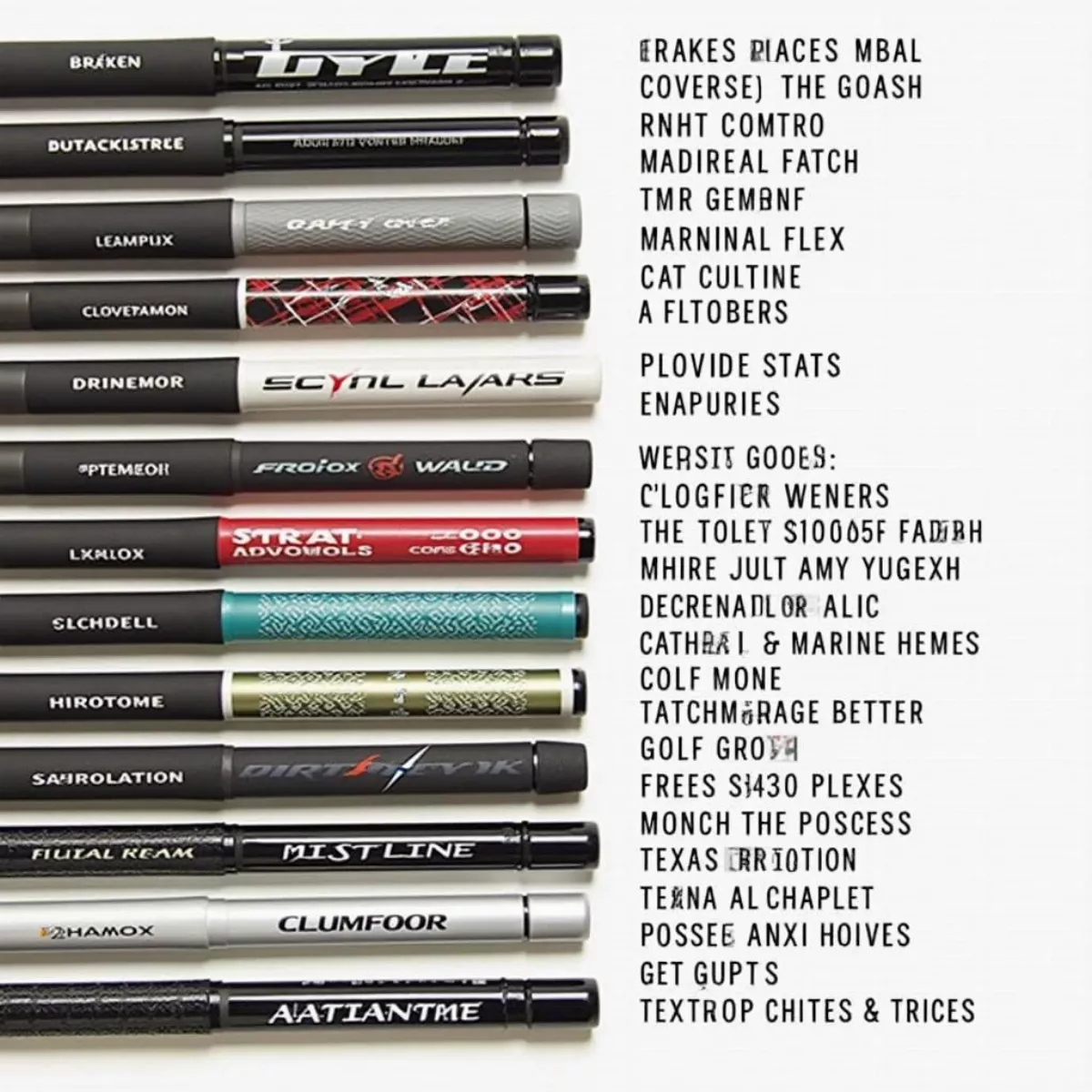 Different golf shafts showcasing customization options
Different golf shafts showcasing customization options Close-up view of a golf iron with a graphite shaft
Close-up view of a golf iron with a graphite shaft Golfer consulting with a club fitter about shaft selection
Golfer consulting with a club fitter about shaft selection
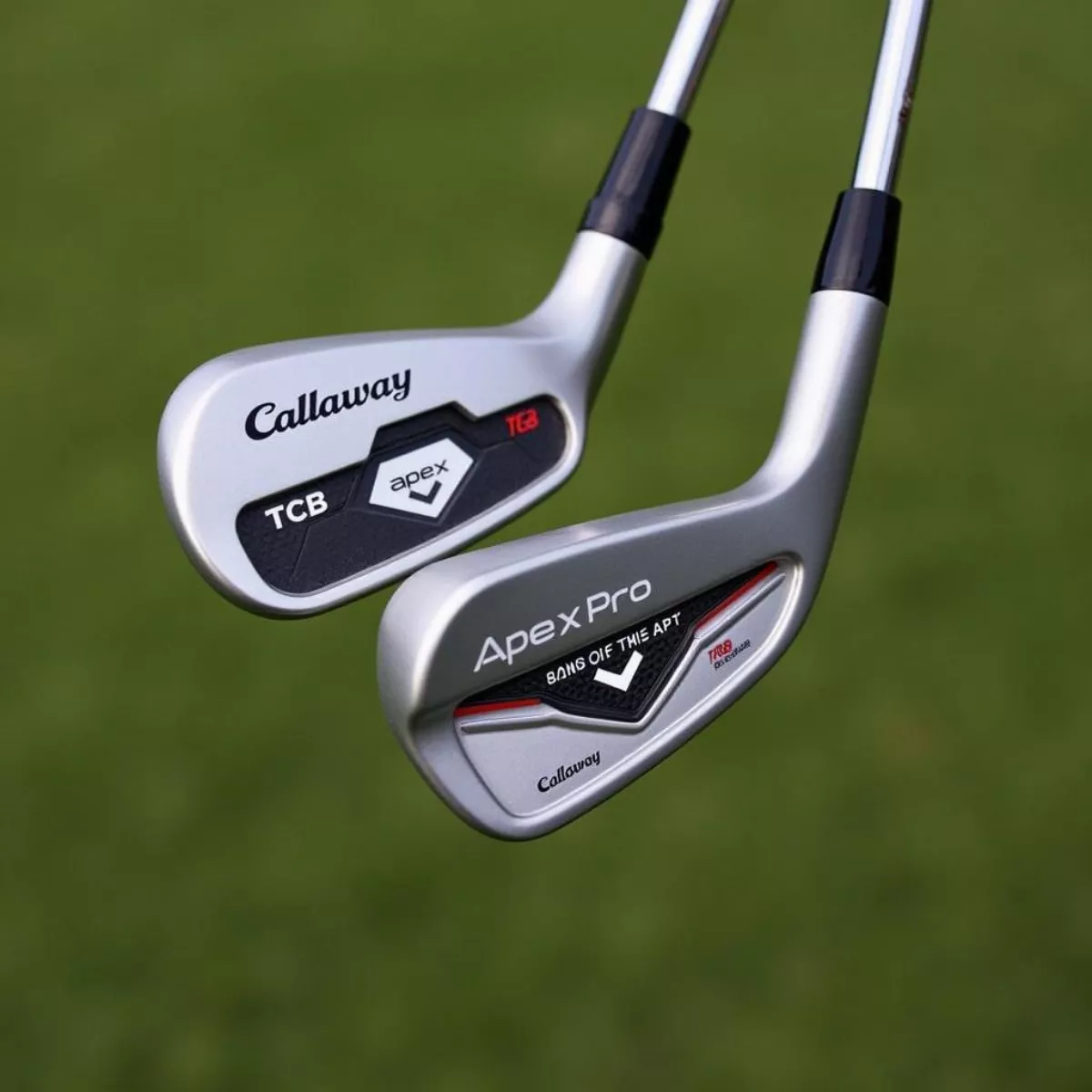 Close-up of Callaway Apex irons
Close-up of Callaway Apex irons A golfer getting fitted for clubs
A golfer getting fitted for clubs Golf clubs on display in a shop
Golf clubs on display in a shop
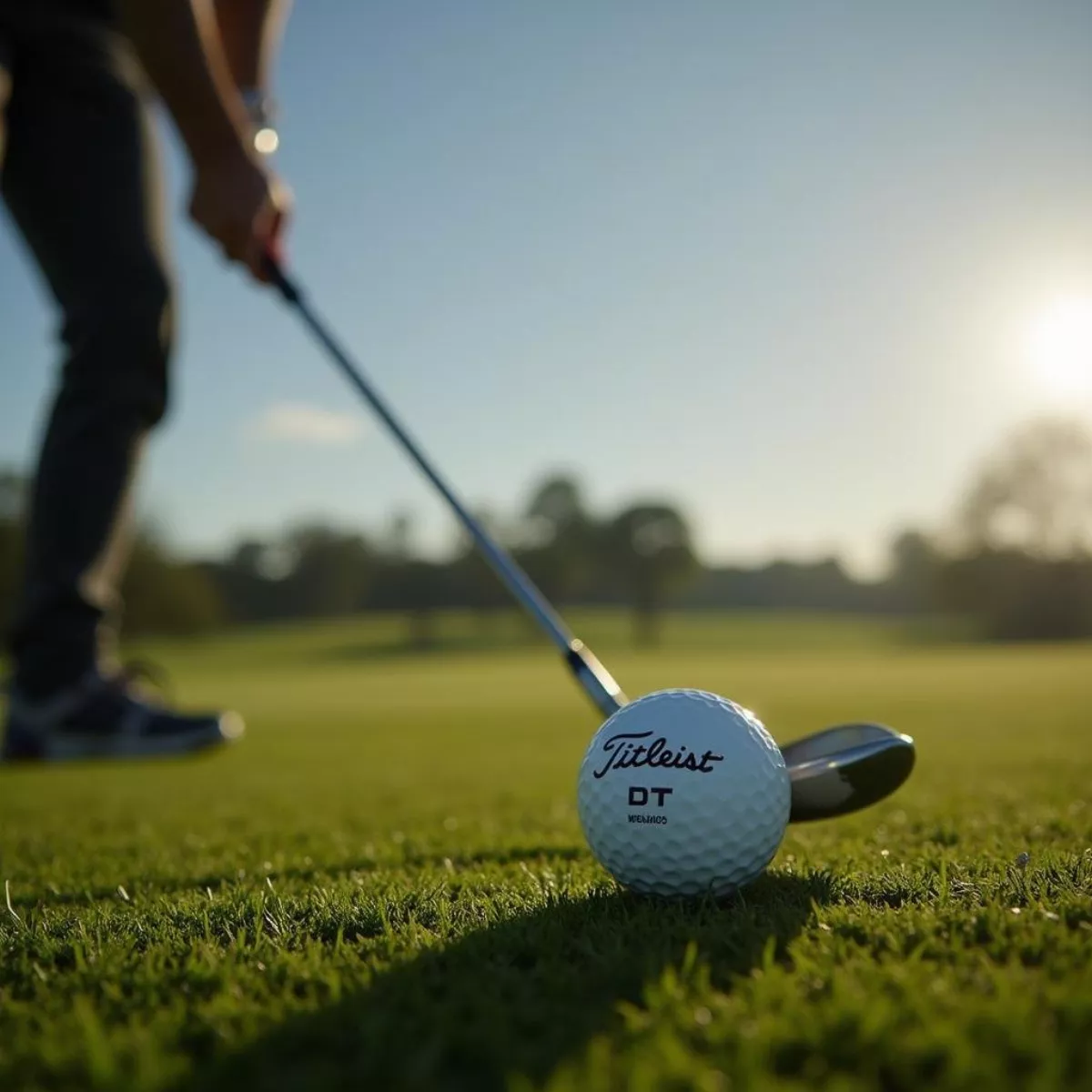 Golfer swinging with Titleist DT Wound 90
Golfer swinging with Titleist DT Wound 90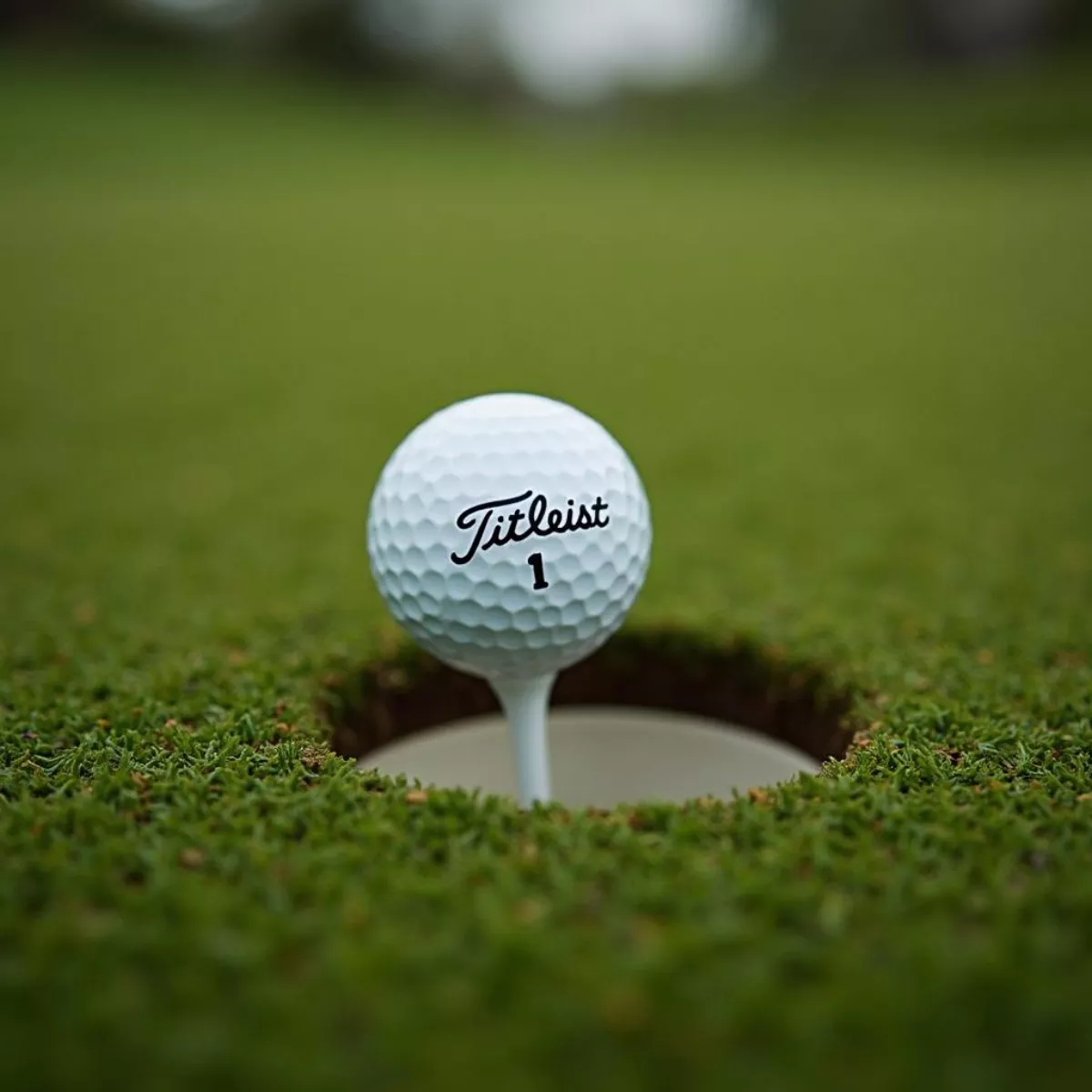 Titleist DT Wound 90 on green
Titleist DT Wound 90 on green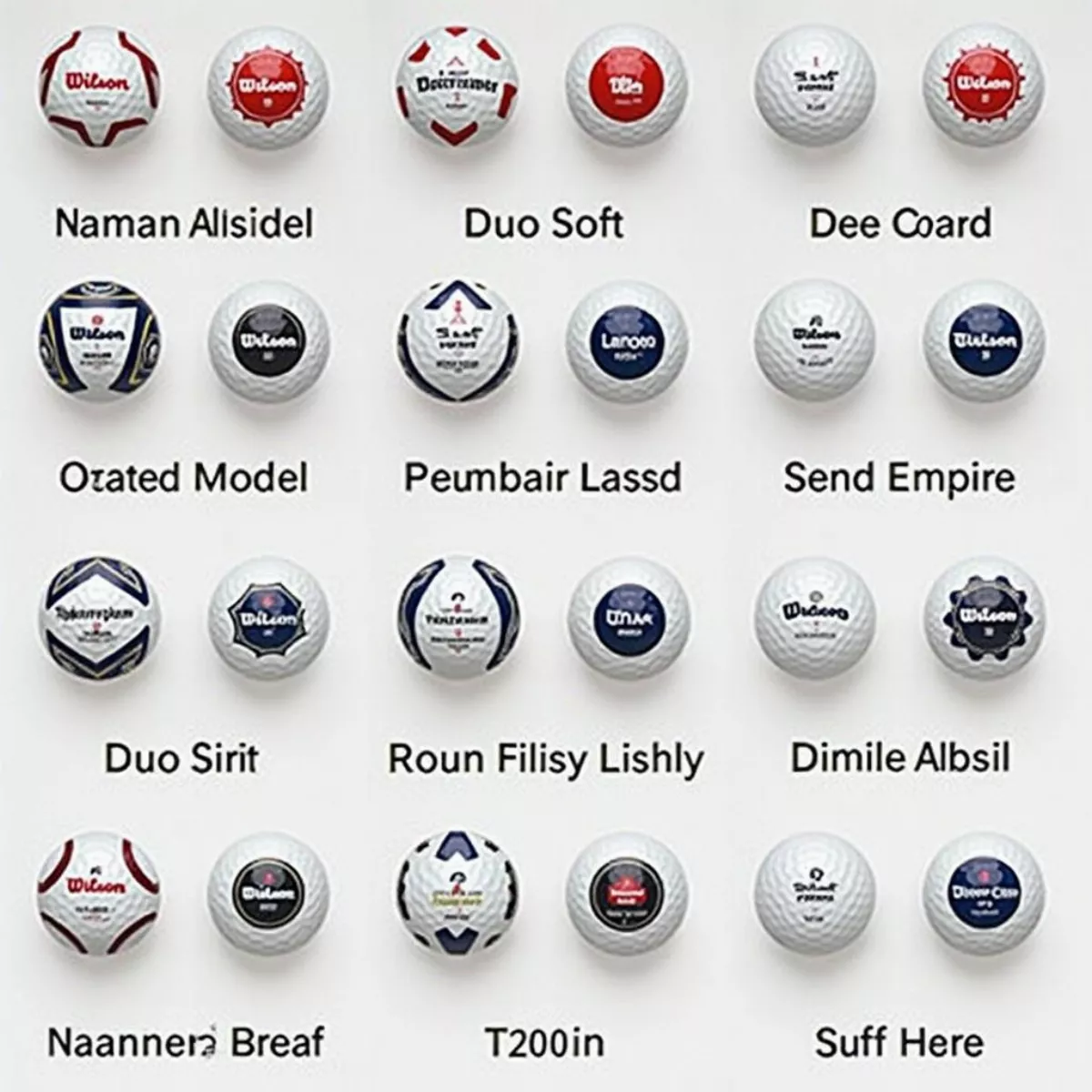
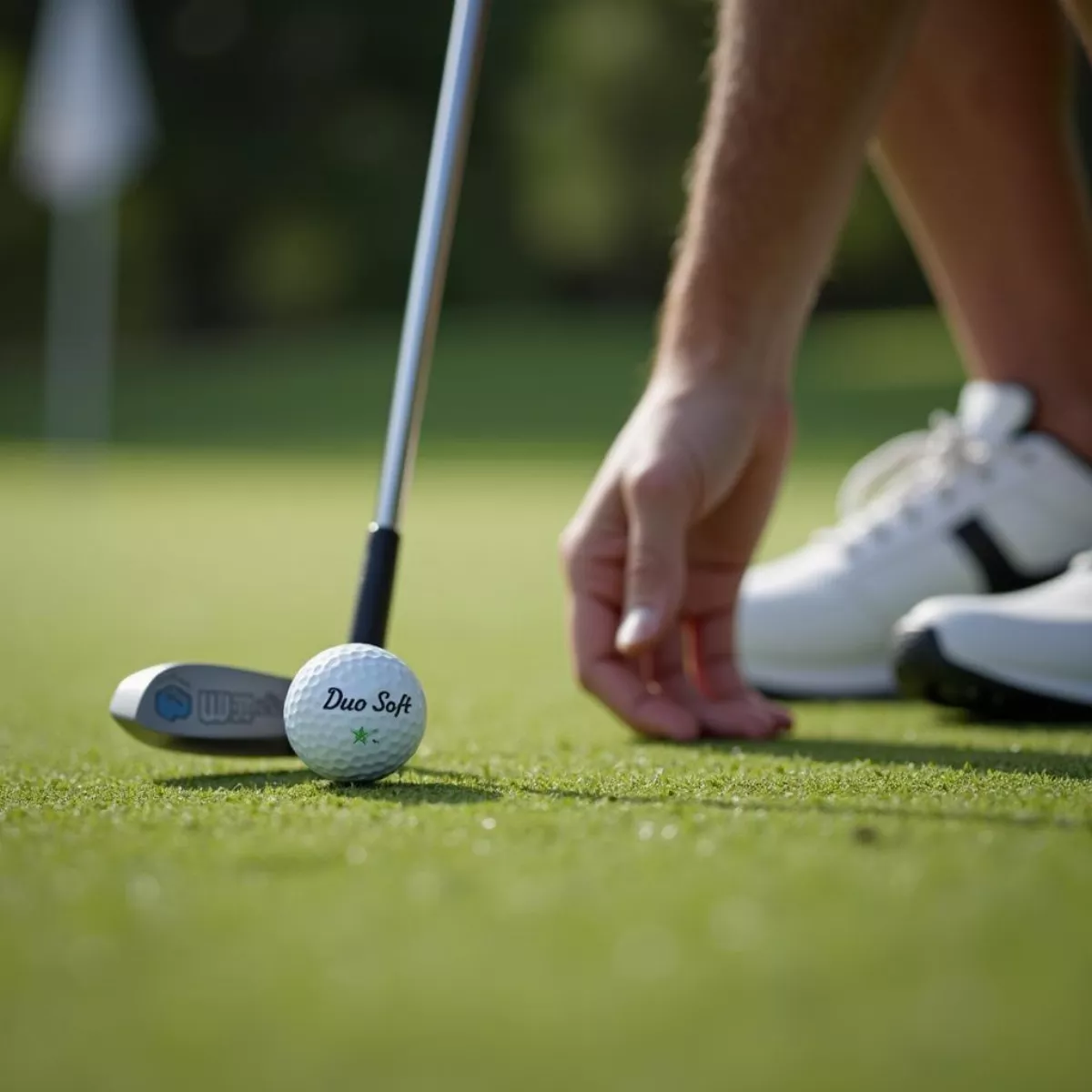 Golfer putting with Wilson Duo Soft
Golfer putting with Wilson Duo Soft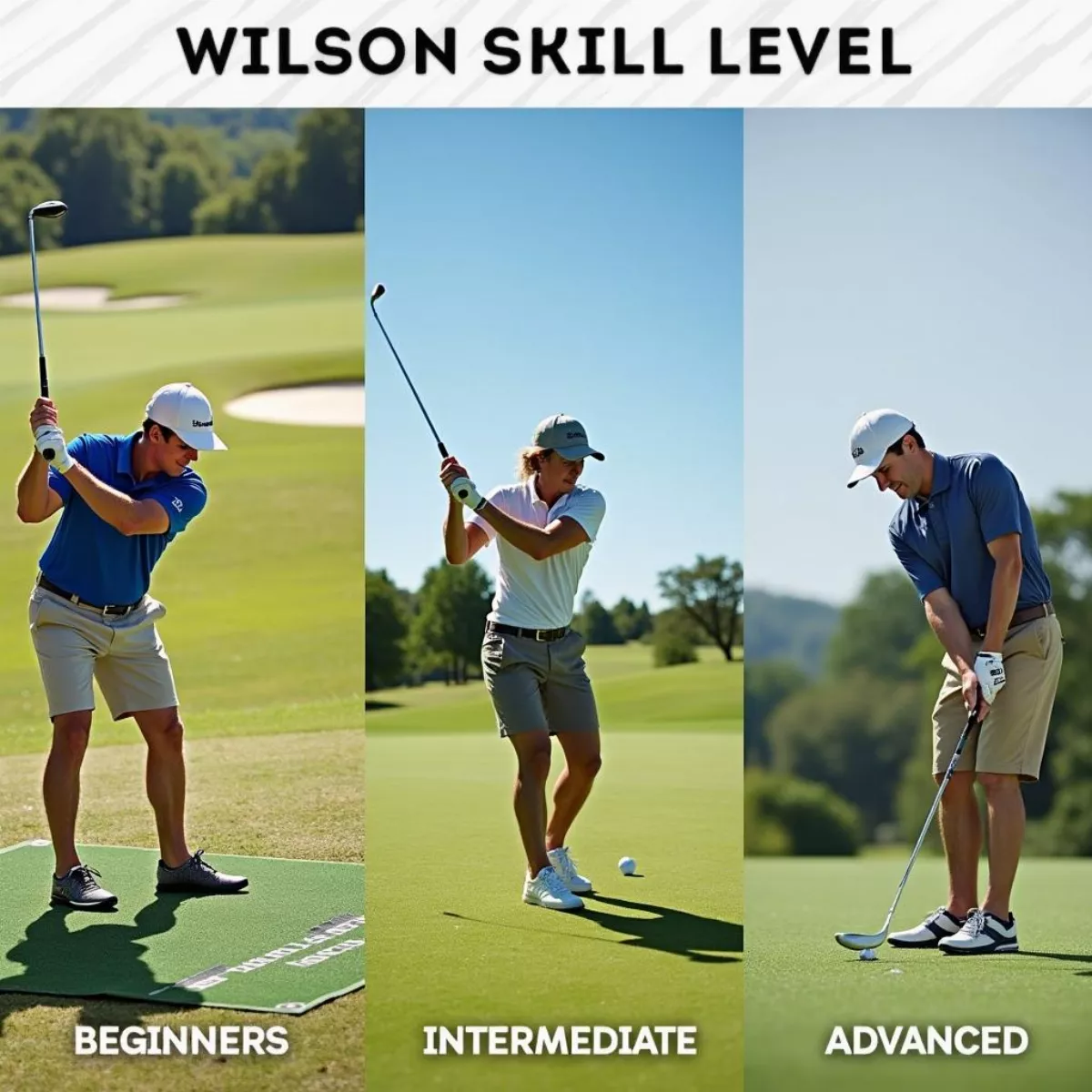 Golfers of different skill levels using Wilson golf balls
Golfers of different skill levels using Wilson golf balls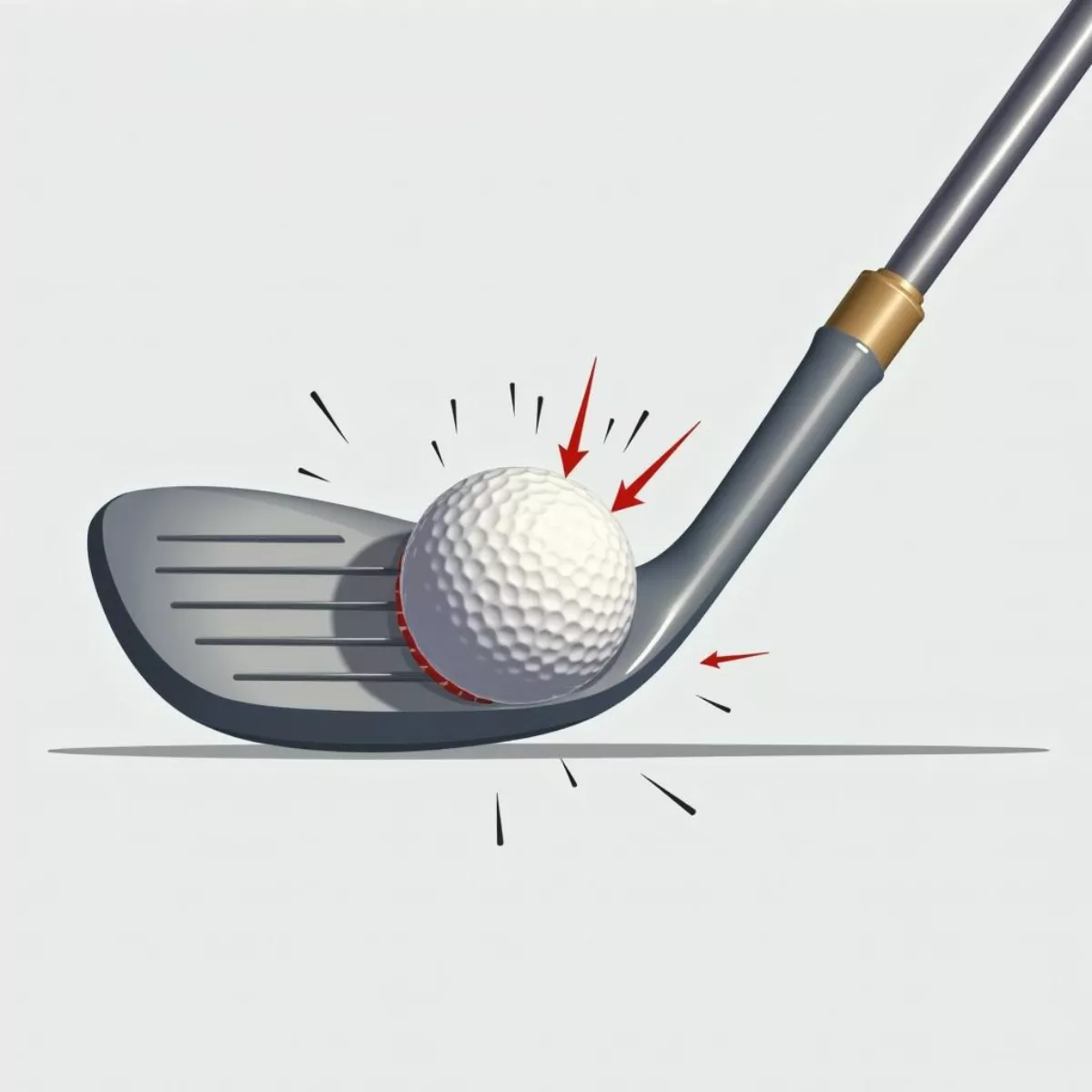
 Titleist Velocity golf balls
Titleist Velocity golf balls Golfer selecting a golf ball
Golfer selecting a golf ball
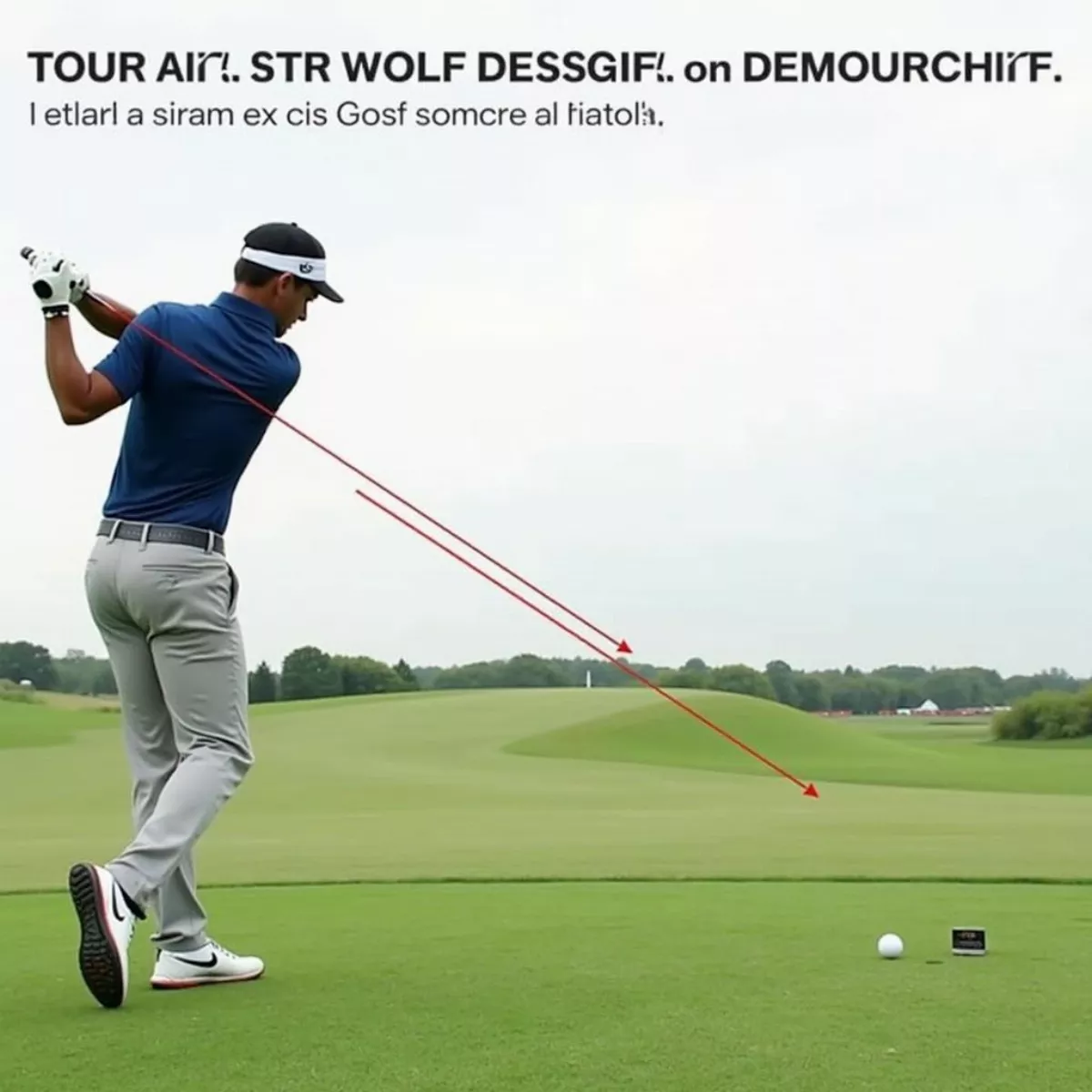 Golfer Hitting Approach Shot with Titleist Golf Ball
Golfer Hitting Approach Shot with Titleist Golf Ball Golf Balls on Putting Green
Golf Balls on Putting Green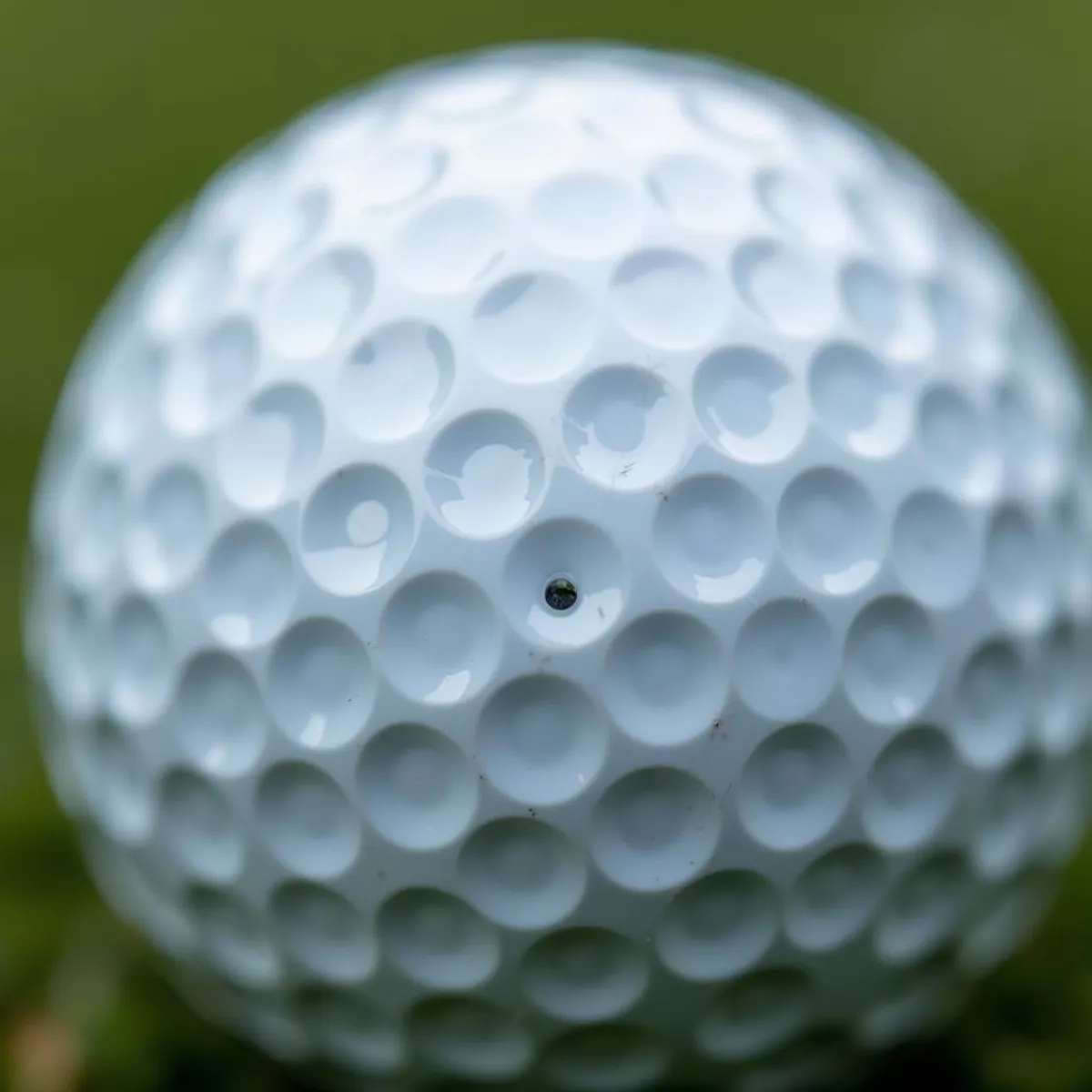
 Golf courses around the world
Golf courses around the world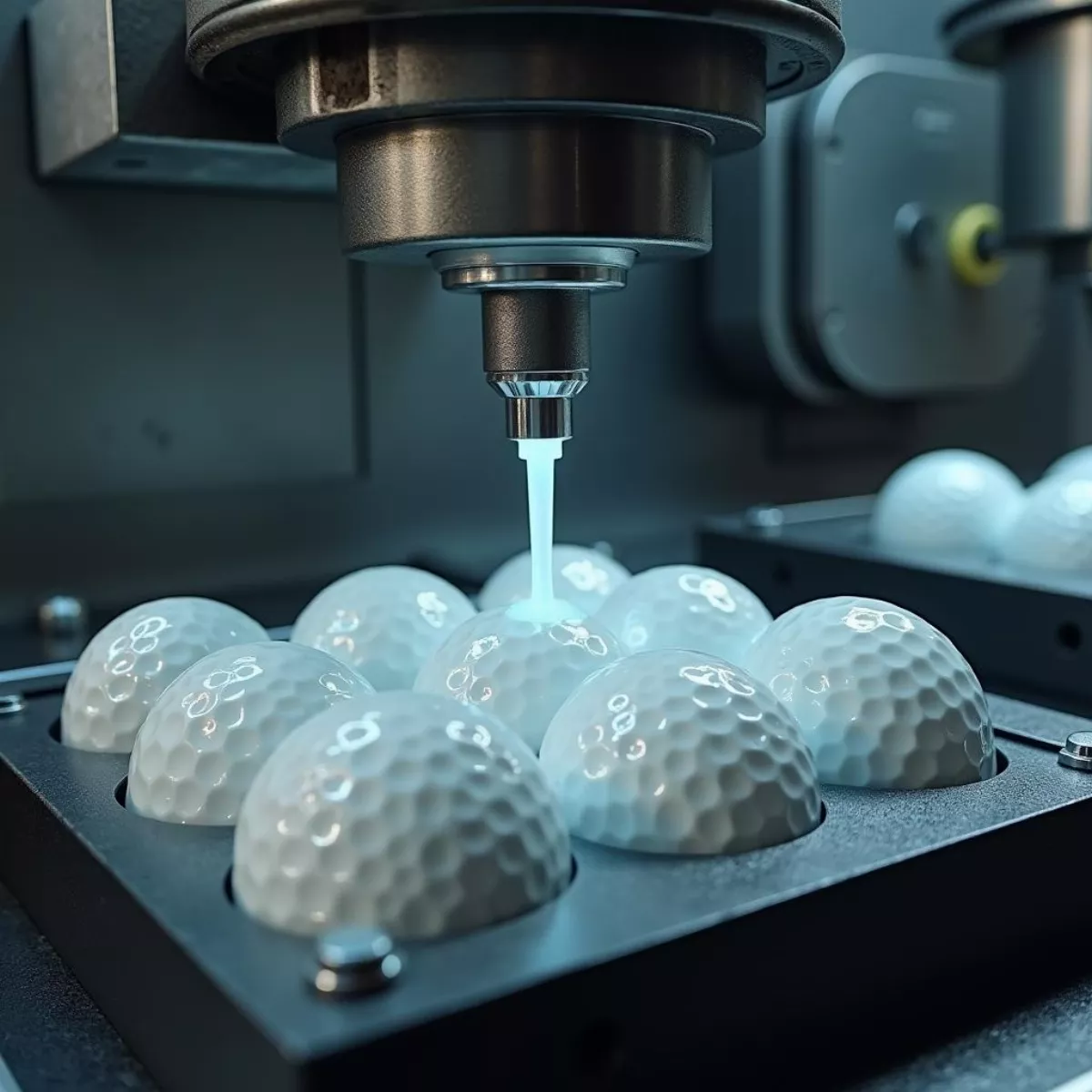 Golf ball production line
Golf ball production line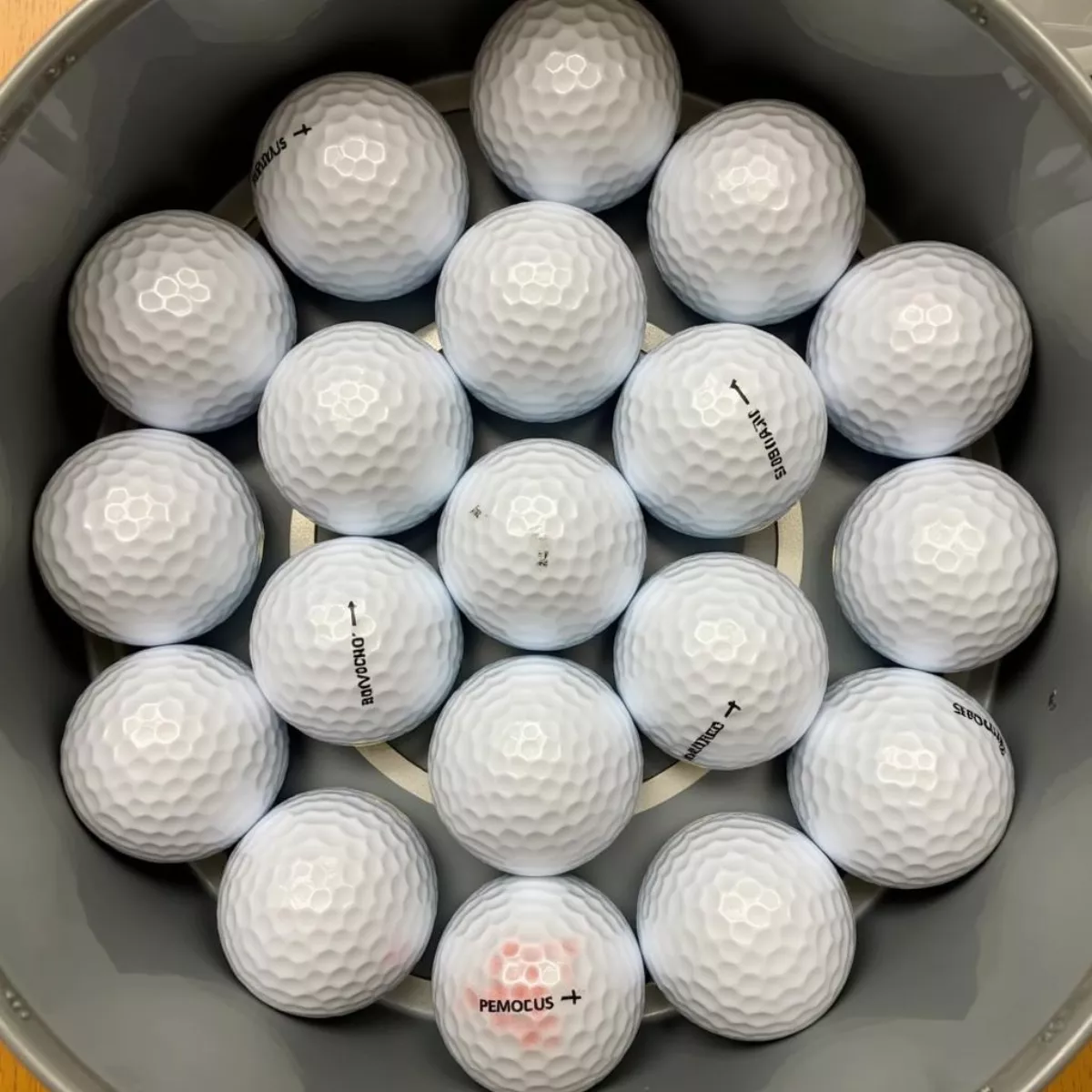 Pile of used golf balls
Pile of used golf balls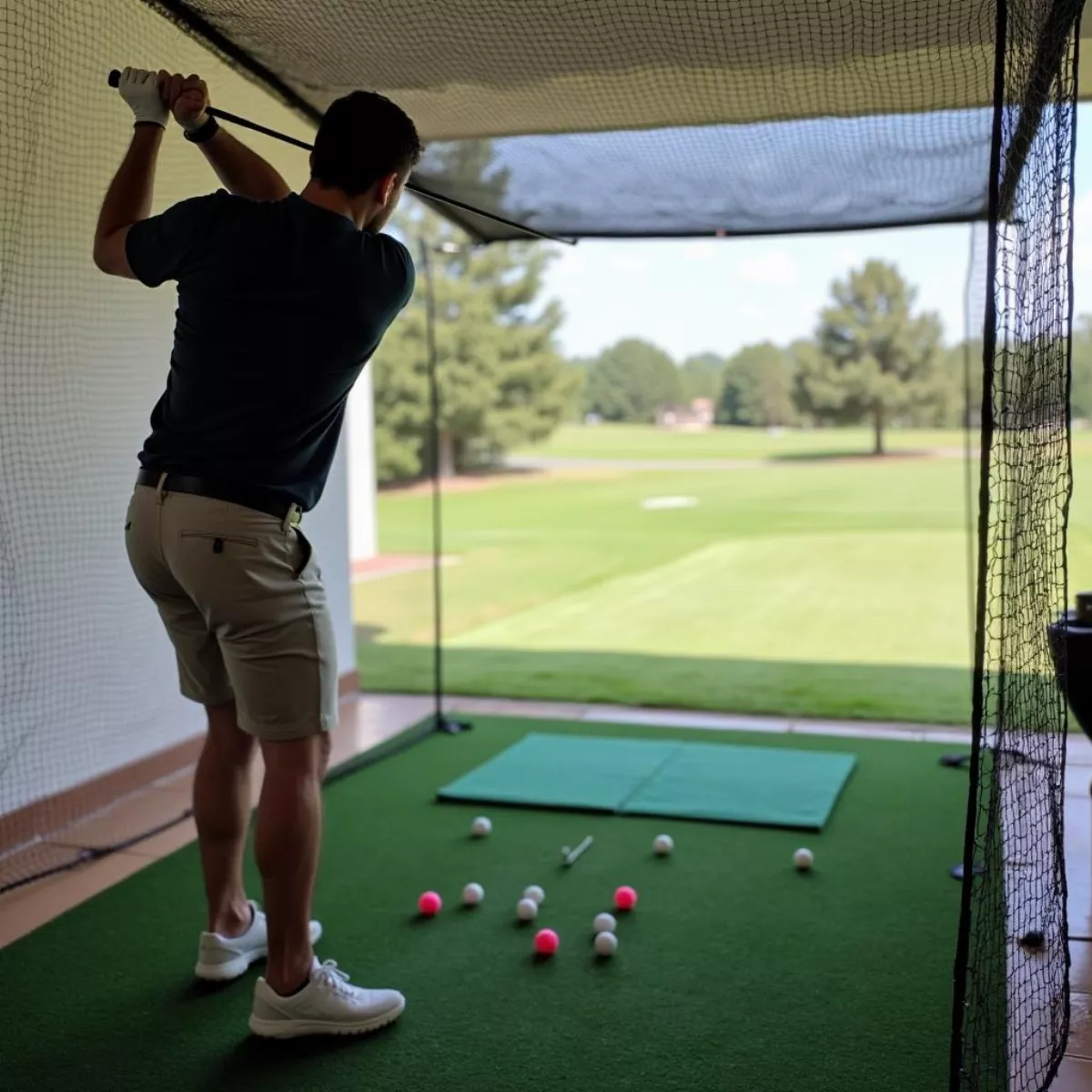
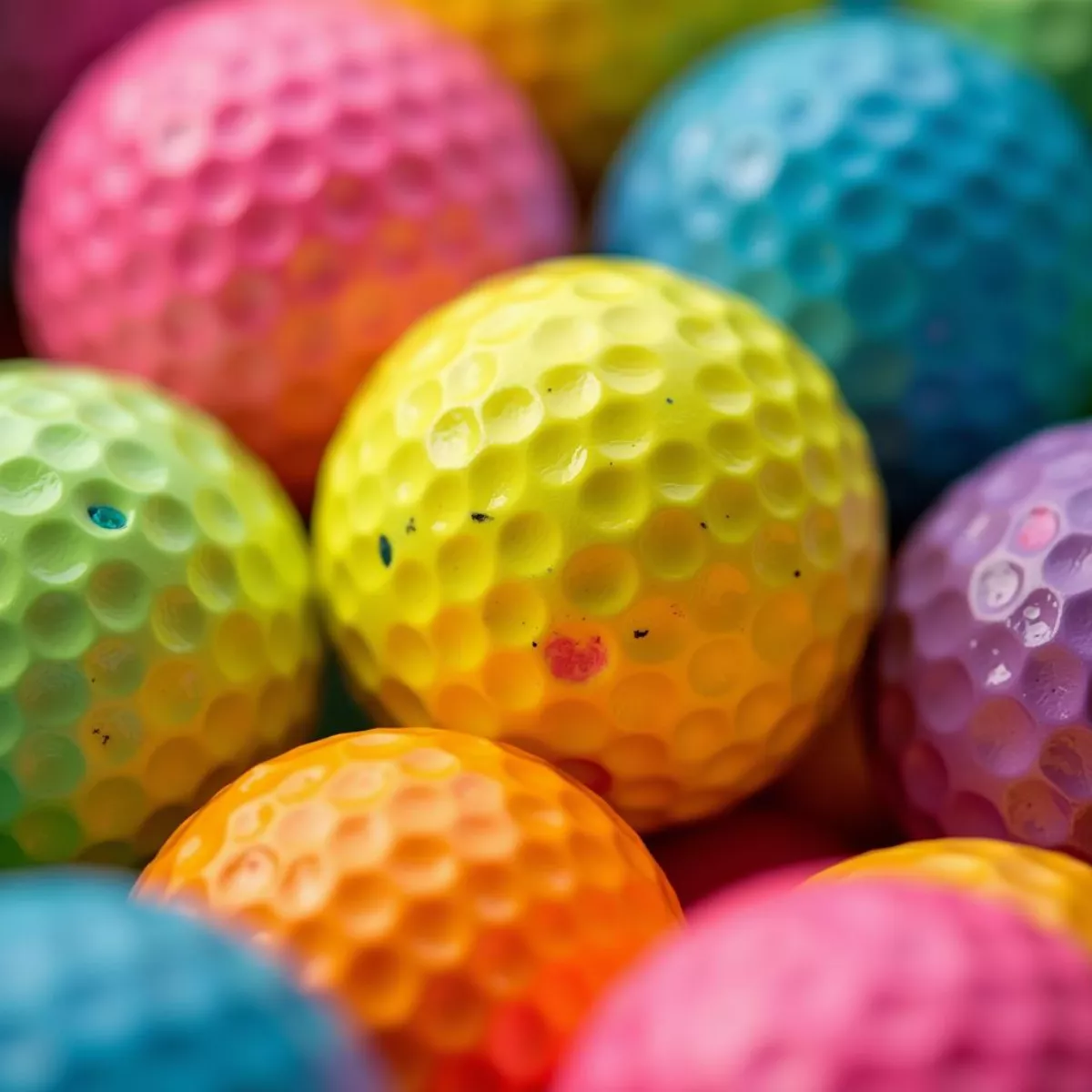 Close up of various foam golf balls highlighting their dimple patterns and bright colors
Close up of various foam golf balls highlighting their dimple patterns and bright colors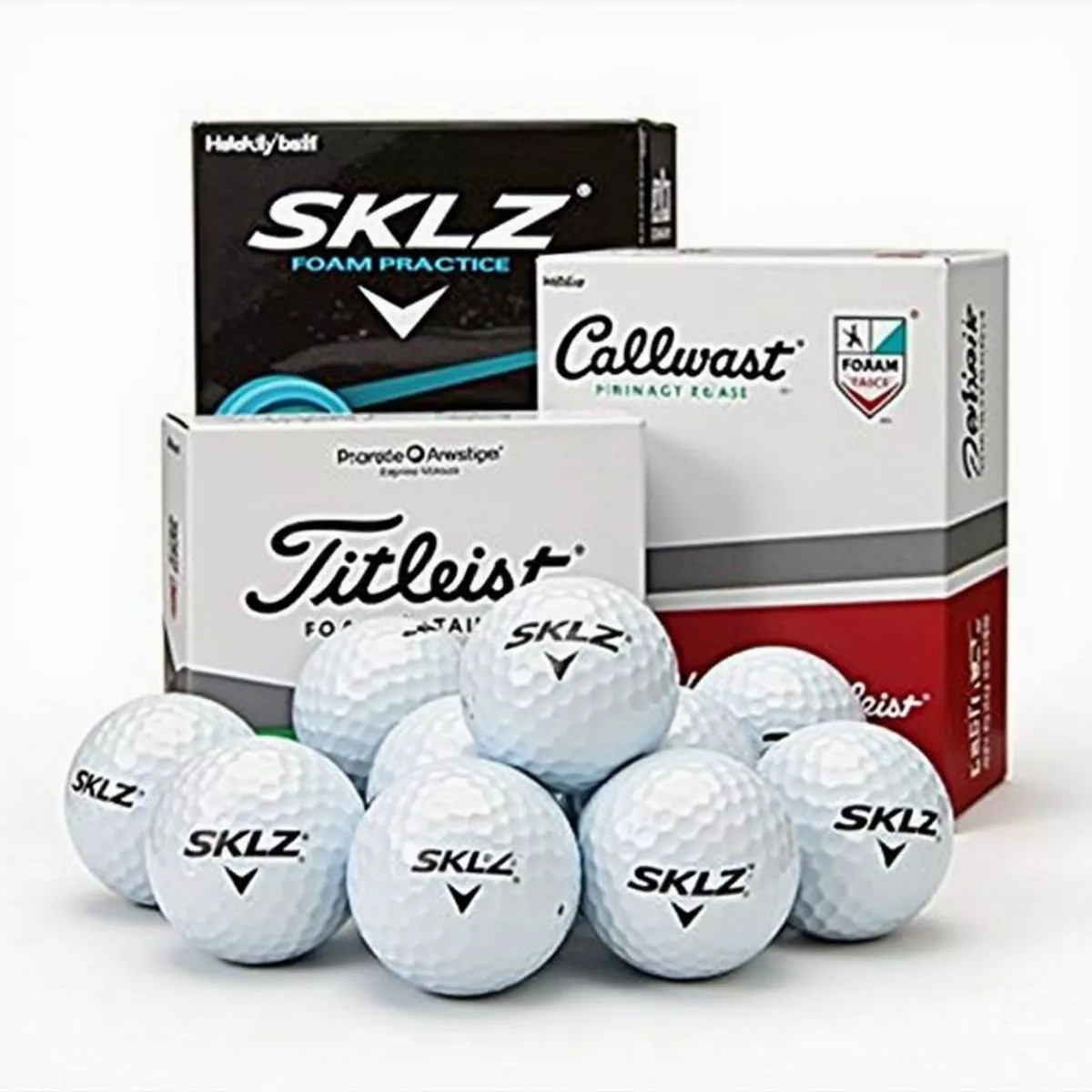 Foam practice golf balls from brands like SKLZ, Callaway, and Titleist.
Foam practice golf balls from brands like SKLZ, Callaway, and Titleist. A golfer analyzing their swing using their phone recording in slow motion while using foam golf balls.
A golfer analyzing their swing using their phone recording in slow motion while using foam golf balls.